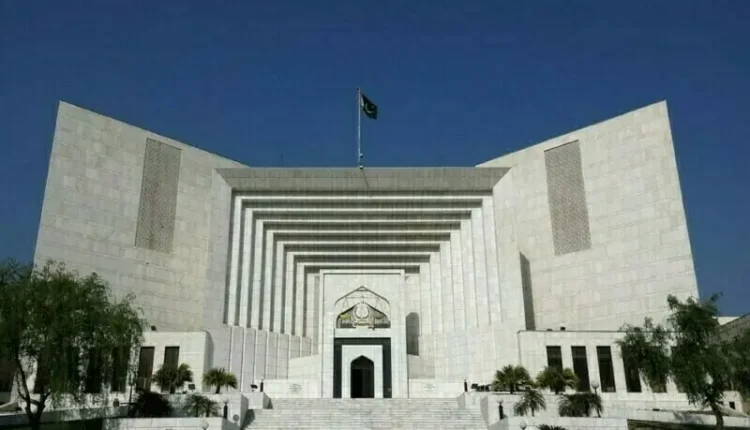CB begins debate on the 26th Amendment.
Supreme Court judges debate the legal path for a full court hearing on constitutional challenges.
Islamabad – (Special Correspondent / Web Desk) – On Thursday, the discussion about assembling a full Supreme Court to hear cases against the 26th Amendment continued. A judge from the special Constitutional Bench stated that the law creating this very bench cannot be overlooked in this situation.
During the hearing, Justice Muhammad Ali Mazhar explained that the amendment split the Supreme Court into two parts: regular benches and a Constitutional Bench. He noted that the lawyers were asking the bench to ignore the law that created it. He wondered how they could then ask the bench to use that same law’s power to form a full court.
Justice Mazhar suggested that if they ignore the law that gives them authority, it would mean this bench is just a regular one. This could lead to the judges stepping down instead of making a decision on the case.
In response, a senior lawyer for the Sunni Ittehad Council argued that the bench should not focus on that law right now. He said that even if a court’s power is limited, it can still transfer a case to a more suitable forum.
The lawyer acknowledged the law exists but questioned if it is truly constitutional, a point he said the bench must decide. Justice Ayesha A. Malik added that the Constitutional Bench uses the Supreme Court’s overall power, which remains with the institution.
She expressed concern that if this bench cannot order a full court, one may never be formed again. Instead, a different judicial commission would decide how many judges hear major cases.
Justice Jamal Khan Mandokhail asked if a full court should be formed on a simple desire or strictly by the law’s rules. The lawyer replied that benches must follow the law, but a full court can still be called. He referred to an existing decision from October 31, 2024, that called for these challenges to be heard by a full court.
The lawyer insisted that this decision must be followed, meaning the full court as it was on October 31 should hear the case. Alternatively, if the bench agrees the decision can’t be enforced, it should use a judicial order to form the full court.
Pakistan pledges to help build a more just and prosperous world.
He suggested that if the October 31 decision is honored, judges who were serving then should be on the larger bench. He urged the court not to get stuck on technical rules, as its orders are final and must be obeyed.
Another option, he said, is to form a full court with all 24 current judges. While there is no legal block, he admitted it might be awkward for judges whose appointments are linked to the amendment to rule on it.
Justice Mazhar asked the lawyer to first prove that the October 31 committee had the legal power to order a full court in the first place.
The lawyer argued that the power to call a full court is not removed by the Constitutional Bench law. He based this on logic and common sense, as well as a flexible interpretation of the rules.
In other news, the Supreme Court announced a new code of conduct for its judges. The court stated this shows its commitment to high standards of integrity, independence, and accountability. It said these rules help ensure justice is delivered fairly. The new code was issued despite objections from two senior judges, who worried the changes could be used to target individual judges.




Comments are closed, but trackbacks and pingbacks are open.